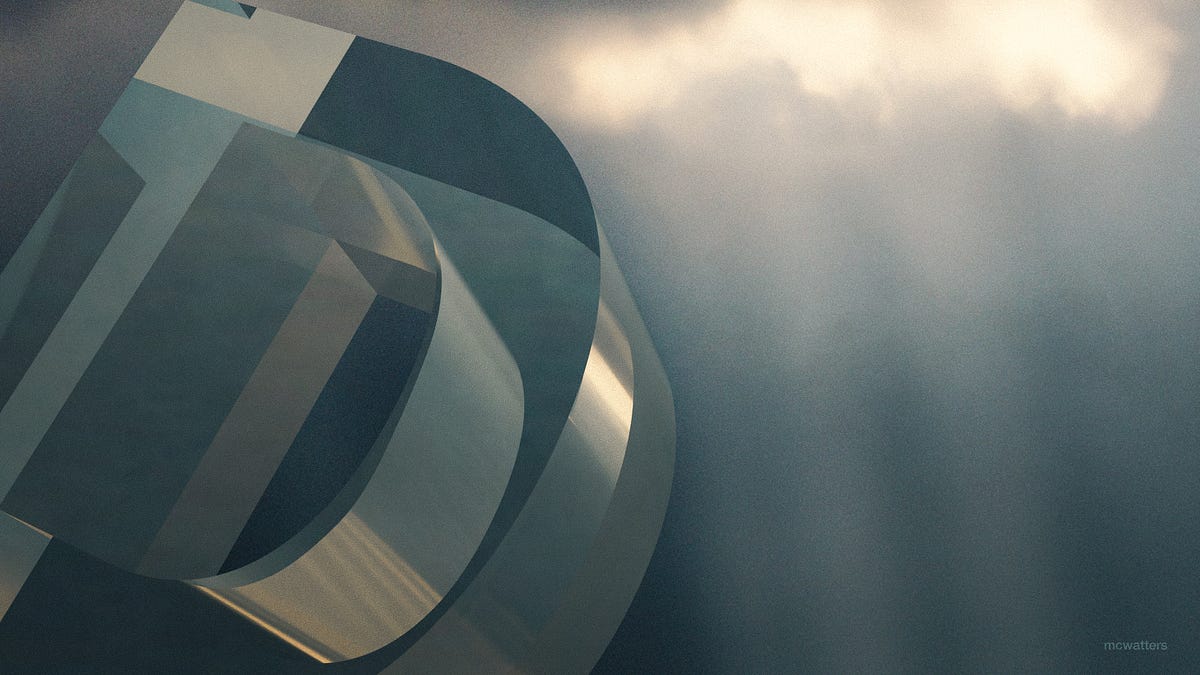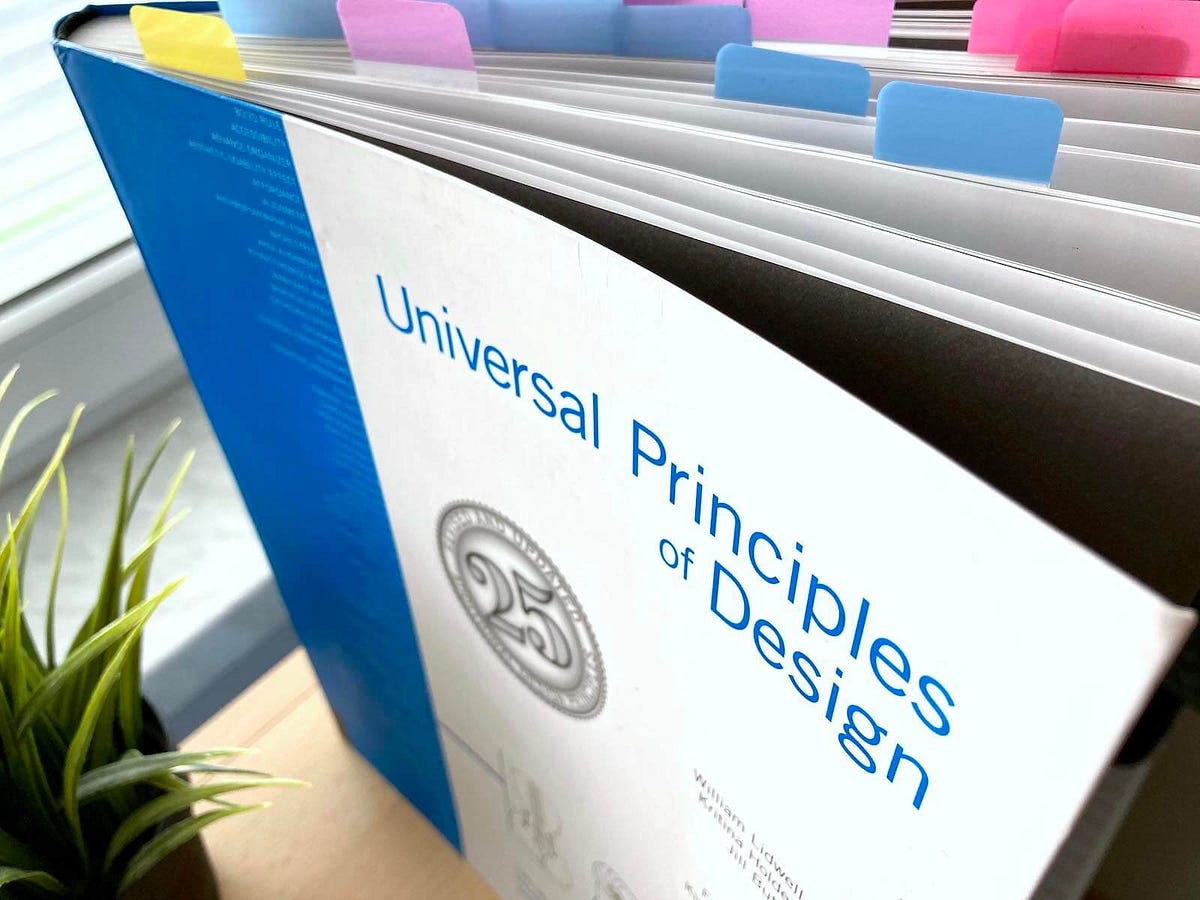After years of rumors and speculation, Apple finally unveiled their virtual reality headset yesterday in a classic “One more thing…” segment in their keynote. Dubbed Apple Vision Pro, this mixed reality device is perfectly Apple: it’s human-first. It’s centered around extending human productivity, communication, and connection. It’s telling that one of the core problems they solved was the VR isolation problem. That’s the issue where users of VR are isolated from the real world; they don’t know what’s going on, and the world around them sees that. Insert meme of oblivious VR user here. Instead, with the Vision Pro, when someone else is nearby, they show through the interface. Additionally, an outward-facing display shows the user’s eyes. These two innovative features help maintain the basic human behavior of acknowledging each other’s presence in the same room.

I know a thing or two about VR and building practical apps for VR. A few years ago, in the mid-2010s, I cofounded a VR startup called Transported. My cofounders and I created a platform for touring real estate in VR. We wanted to help homebuyers and apartment hunters more efficiently shop for real estate. Instead of zigzagging across town running to multiple open houses on a Sunday afternoon, you could tour 20 homes in an hour on your living room couch. Of course, “virtual tours” existed already. There were cheap panoramas on real estate websites and “dollhouse” tours created using Matterport technology. Our tours were immersive; you felt like you were there. It was the future! There were several problems to solve, including 360° photography, stitching rooms together, building a player, and then most importantly, distribution. Back in 2015–2016, our theory was that Facebook, Google, Microsoft, Sony, and Apple would quickly make VR commonplace because they were pouring billions of R&D and marketing dollars into the space. But it turned out we were a little ahead of our time.























